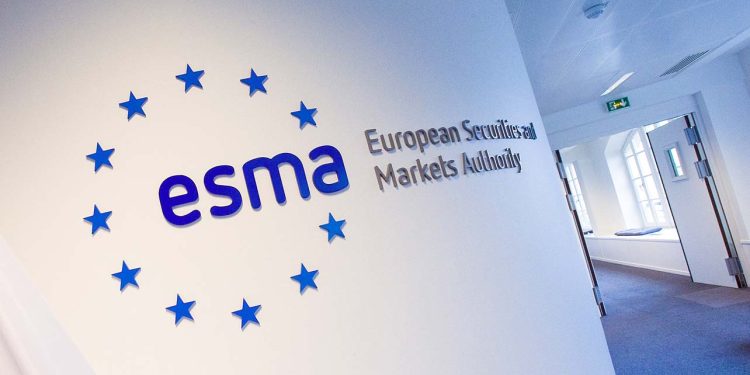Report on ESG Risk Disclosure for Funds
The European Securities and Markets Authority (ESMA) releases a report on ESG risk disclosure for funds, aimed at summarizing the ESG risk disclosure situation in the asset management industry.
The ESG risk disclosure for funds is based on the European Sustainable Finance Disclosure Regulation (SFDR).
Related Post: Introduction to European ESG Regulation: Sustainable Finance Disclosure Regulation (SFDR)
Introduction to ESG Risk Disclosure for Funds
In September 2023, the European Securities and Markets Authority and financial regulatory authorities in various jurisdictions take action to integrate sustainable risk disclosure in the fund sector. Undertaking for Collective Investment in Transferable Securities (UCITS) management companies and Alternative Investment Fund Managers (AIFM) in the European Union are required to comply with disclosure requirements at the financial Institution and product level under the Sustainable Financial Disclosure Regulation. Investigate the ESG risk disclosure of financial institutions based on criteria such as size, investor type, and product classification.
Regulatory policies require financial institutions to develop due diligence policies and procedures, incorporate sustainable risks into decision-making processes, and establish a structure that covers the board of directors, senior management, and risk committee. Financial institutions also need to have the necessary resources and knowledge and adopt mechanisms to identify and handle conflicts of interest arising from greenwashing.
ESG Risk Disclosure for Funds: Entity Level
The SFDR requires financial institutions to disclose information on compensation policies related to sustainable risks, as well as information on the Principal Adverse Impact (PAI) of investment decisions on sustainable factors. In terms of compensation policies, most institutions have incorporated sustainable risks into their compensation systems. For example, incorporating sustainable risks into performance goals and incorporating sustainable risks into trustee compensation standards during due diligence.
In terms of principal adverse effects, most institutions have publicly disclosed information on their websites, but some institutions have not provided detailed information on sustainability indicators, and some institutions lack methods and data consistent with international standards such as the Paris Agreement. In terms of the main adverse impact indicator categories, greenhouse gas indicators (80%) have the highest information coverage, while other themes have lower coverage (20%).
ESG Risk Disclosure for Funds: Product Level
There are significant differences in product level information disclosure among funds. Some funds provide quantitative data, historical data comparisons, and detailed explanations for some investments, while others only provide simple textual descriptions. Most fund reports can be found on websites and should not exceed two pages (as required by regulatory policies), while a few fund reports have issues such as missing summaries and difficulty in finding them. Some websites use images of circular economy, natural resources, etc., which may mislead investors and lead to greenwashing.
In the classification of Article 6, Article 8, and Article 9 funds, regulatory authorities have verified the consistency of the terminology used in their fund names and fund documents. Except for most compliance, some Article 6 funds still use ESG or sustainability terms in their names, and some names include transition and impact whose fund documents do not reflect these characteristics. The European Securities and Markets Authority recommends that financial institutions ensure that fund information disclosure is easily accessible, fair, clear, and not misleading.
Reference:
CSA on Integration of Sustainability Risks and Disclosures
ESG Advertisements Contact:todayesg@gmail.com








